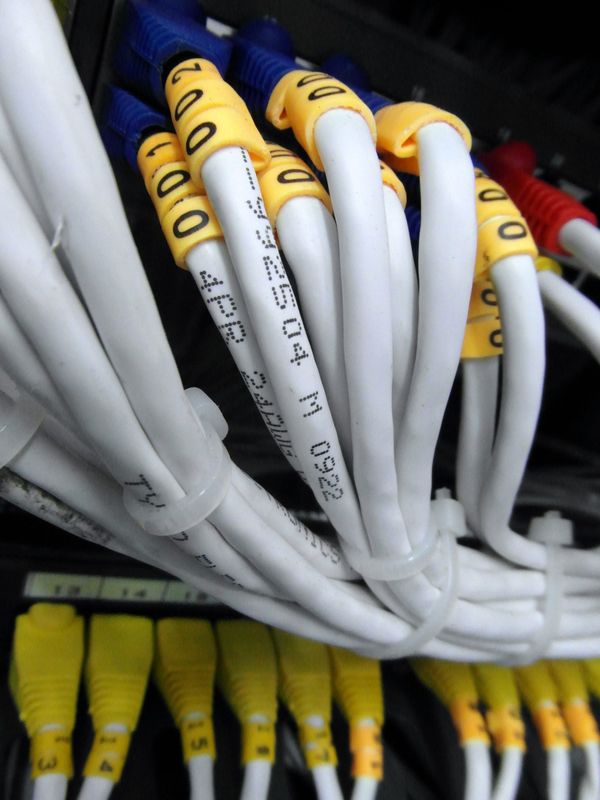What's at play with smart toys

For children raised with technology, smart toys are just the new normal. More and more dolls, teddy bears, action heroes and robots have internet connectivity so they can talk, respond and play new games every day. The global connected toys market is expected to more than double in size, from USD 5.7 billion in 2019 to USD 13.8 billion by 2024, according to a Markets and Markets report.
The benefits of smart toys are well marketed. But what about the risks?
Smart toys raise particular privacy and safety issues because they collect data via cameras and microphones, then process and sometimes share it with third parties. Children of varying ages often use them without adult supervision.
Parents should be aware of some issues before buying such a toy:
Family’s safety
Expert testing and customers’ experience have revealed weak security in many of these products, meaning hackers could access photos or audio, and even communicate directly with children. This problem isn’t new. For example, Cayla, a doll that talked and responded to children’s questions, was banned in Germany in 2017 as an illegal surveillance device. The German Federal Network Agency considered its Bluetooth insecure, as it allowed connections to Cayla’s speaker and microphone within a 10-meter radius. The doll was also criticized by the Norwegian Consumer Council for allowing the use of data collected from the child’s speech for targeted advertisements and other commercial purposes and its sharing with third parties.
On top of that, unsecured smart toys can function as a gateway to other internet-connected devices in the home.
Children’s privacy
Recording everything the child says around the toy and transferring it to a company that can sell this information to third parties is disconcerting, to say the least. Especially when children tend to see their toys as trusted friends.
Advertising toward children
Some smart toys can come with several pre-programmed phrases promoting other toys, products, movies or cartoons. This kind of product placement is new and, although immoral, is not illegal, as no regulations yet cover it.
Things to do before buying a smart toy:
- Read reviews about the toy and check for reports of security or privacy problems with it.
- Check if the toy has a camera or built-in microphone that connects to the internet. If so, secure this connection by using a cybersecurity solution that protects your router.
- Read the terms, conditions and privacy policies and see what data they collect, what happens with it and whether it is shared.
Smart toys can be fun and educative, and once you’ve made them safe for your children, the play can begin.
Sources: internetmatters.org and consumersinternational.org
tags
Author
Cristina is a freelance writer and a mother of two living in Denmark. Her 15 years experience in communication includes developing content for tv, online, mobile apps, and a chatbot.
View all postsRight now Top posts
Start Cyber Resilience and Don’t Be an April Fool This Spring and Beyond
April 01, 2024
Spam trends of the week: Cybercrooks phish for QuickBooks, American Express and banking accounts
November 28, 2023
FOLLOW US ON SOCIAL MEDIA
You might also like
Bookmarks








